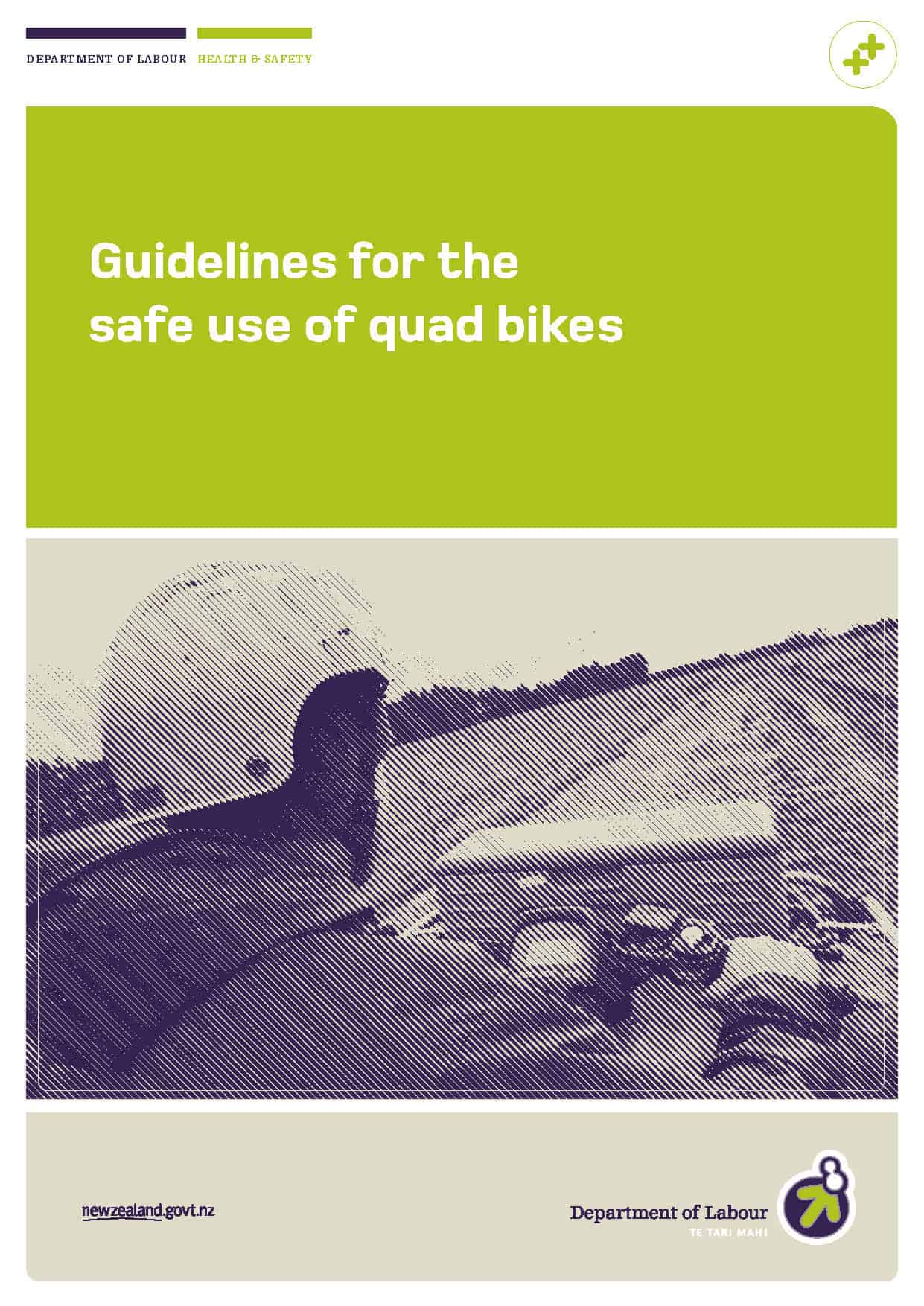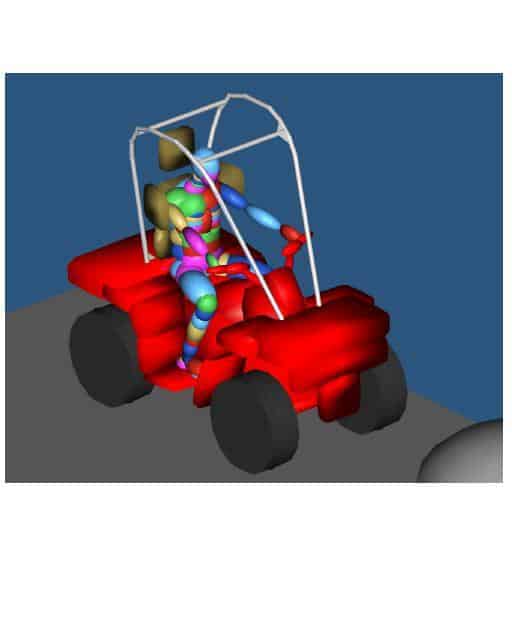A March 2012 report from Safe Work Australia reminds us that the issue of productivity and safety is not a new ideological battle. The report states that
“In 1995, an Industry Commission study estimated that only 25 per cent of the total cost of work–related injury and disease was due to the direct costs of work-related incidents. The remaining 75 per cent was accounted for by indirect costs such as lost productivity, loss of income and quality of life.” [link and emphasis added]
The significance of this quote is that the Industry Commission (now the Productivity Commission) established a direct link between work-related injuries and lost productivity. The link was not established by an organisation focusing on safety but one that is all about productivity. But none of the safety advocates or lobbyists have entered the political debate on productivity, even though the relationship between safety management and productivity has been established for almost 20 years, at least.
Continue reading “Safety is missing from productivity debates”




 SafetyAtWorkBlog has been following the discussions about
SafetyAtWorkBlog has been following the discussions about